AARP Hearing Center
"The key to a good network is to put bicycle lanes where people want to go, not just where it's easy to build them," says Jon Orcutt, a former policy director of the New York City Department of Transportation turned advocacy director at TransitCenter.
Ideally, transportation planners of the past would have planned for pedestrians and bicyclists when creating roadways for cars and other motorized vehicles. In communities that now have Complete Streets policies in which the needs of all roadway users are considered, such forward thinking is happening. But creative street-level solutions are available for places where the infrastructure is pretty much set in stone. Here are a few:
1. Bicycle Ramps
One of the best places to bicycle within Washington, D.C., is the Capital Crescent Trail that connects Silver Spring, Maryland, and points between, with the Georgetown neighborhood in Northwest D.C. Getting to or off the trail in Georgetown involves manuevering up or down a set of outdoor stairs. That's not a problem, thanks to two narrow metal strips secured into the cement of an outdoor staircase.

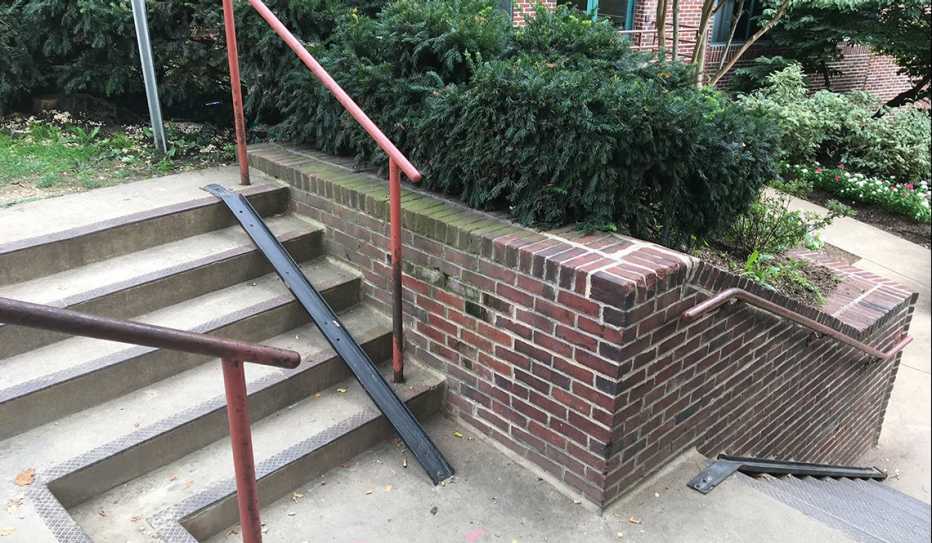
2. Contraflow Bike Lanes
Placed on a one-way street, a contraflow lane lets bicyclists (only!) travel opposite traffic. Such lanes increase connectivity and access for bicyclists, deter wrong-way bicycling, and keep cyclists off of sidewalks. A contraflow bike lane is part of a climate action plan in Santa Cruz, California, that aims to double bike ridership and reduce single-driver commutes.

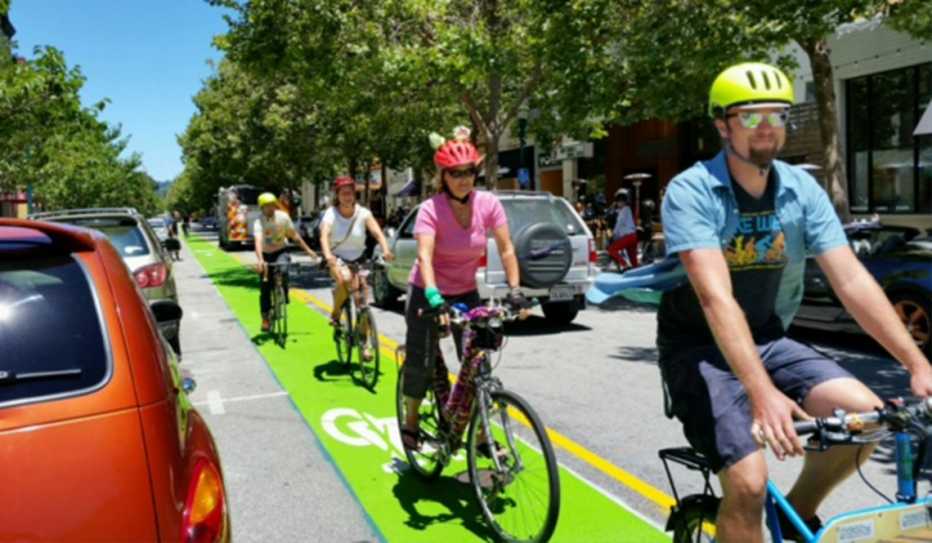
3. Safer Intersections
Most bicycle-car collisions happen where streets meet. Intersections can be made safer for biking, walking and driving with innovations such as bicycle traffic signals (which give cyclists a few seconds' head start so turning drivers notice them) and colored bike lanes (which remind everyone that the intersection is shared space). At particularly dangerous crossings, another solution is to build underpasses that allow bicyclists to skip the intersection altogether, which Fort Collins, Colorado, is doing as part of its master plan to triple bikes on the streets by 2020.

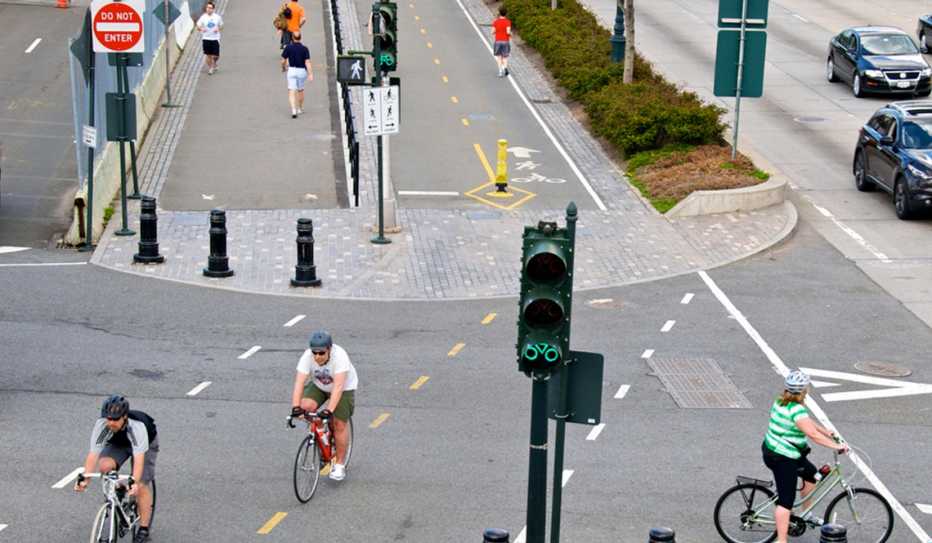
4. Neighborhood Bikeways
Also known as "neighborhood greenways" or "bicycle boulevards," these low-speed side streets prioritize biking and walking over driving through a series of design, engineering and landscaping measures that calm motor vehicles and discourage non-local automobile traffic on the streets. In Canada, Vancouver, British Columbia, sports more than 20 neighborhood bikeways, part of a 100-mile network that will eventually reach within a 10-minute bike ride of every resident. Portland, Oregon, has built more than 70 miles so far, and Austin, Texas, and Tucson, Arizona, are working on extensive networks of their own. In Washington state, Seattle took a step in this direction by lowering speed limits to 20 miles per hour on 2,400 miles of residential streets across the city.

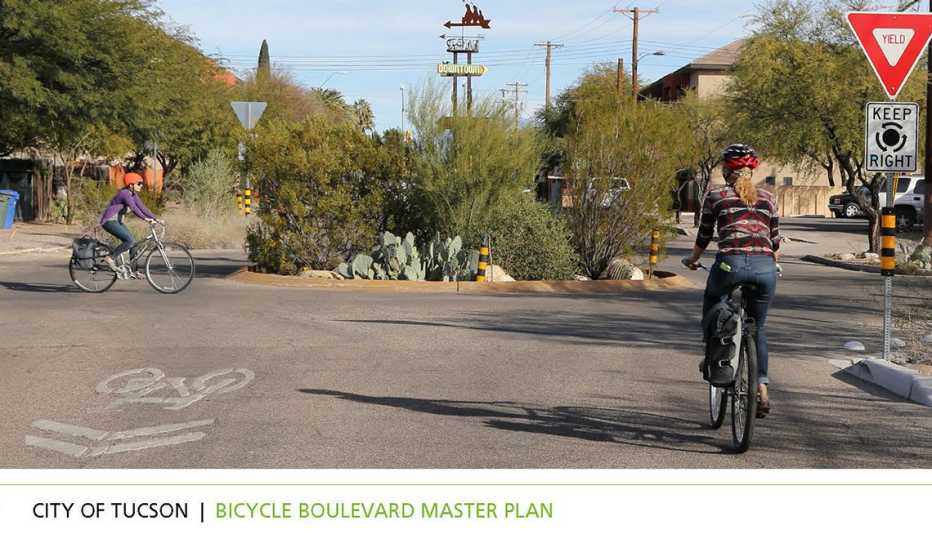
5. Protected Bike Lanes
Even if a street wasn't designed to include a bicycle lane, there's a good chance — because so many roadways have multiple lanes going each way — that the street is wide enough to include a safe lane for cycling. One of the safest and cheapest ways to create a protected bicycle lane involves using little more than paint and parked cars.

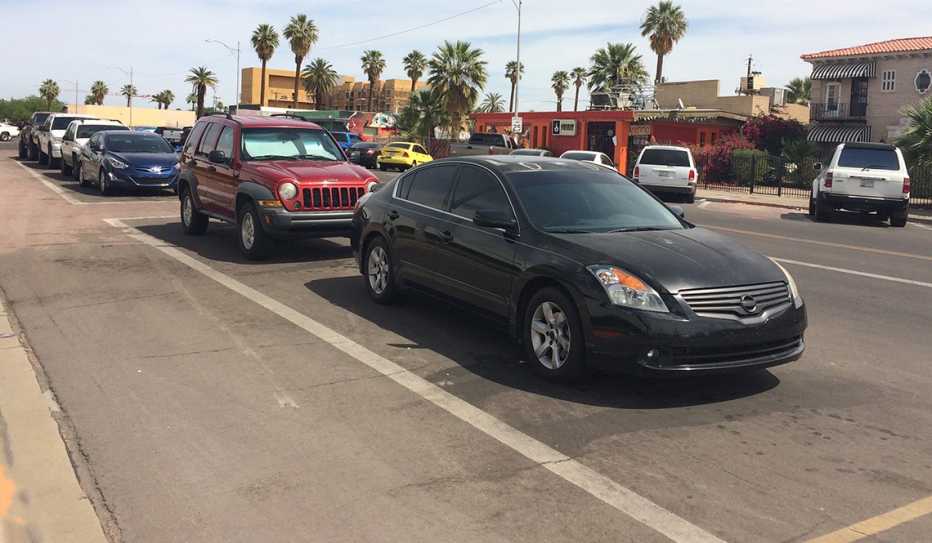
6. Bicycle Repair Kiosks
Installed in 2016 by the Washington, D.C., Department of General Services, the bicycle repair stations help ensure, says the office, that "District riders have access to all the tools needed to make their rides trouble-free." The bike stations are equipped with an air pump and eight retractable tools, including tire levers, a wrench, bicycle headset, hex set, Torx (or star) screw heads and both Phillips- and flathead-screwdrivers.

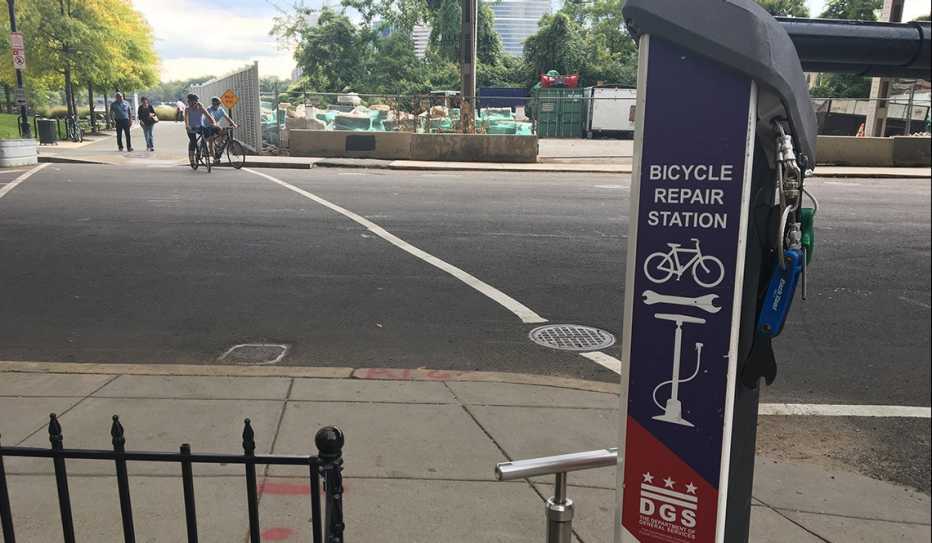
7. Climbing Bike Lane
A climbing bike lane parallels the driving lane going uphill in order to provide space for bicyclists to ride without slowing motor vehicle traffic. "Climbing lanes are beneficial because they allow for separation between modes to be maintained when the risk to the bicyclists is higher," says Fontaine Burruss, bikeshare coordinator for the city of Raleigh, North Carolina, which has created such lanes on a handful of the hilly city's especially steep hills.

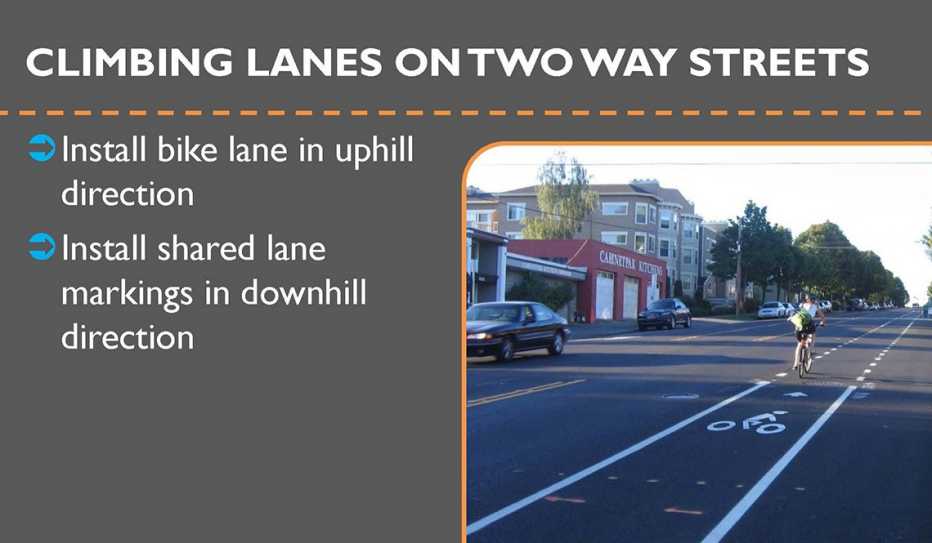
8. Sharrow Lanes
Shared lane markings, also known as sharrows, indicate to both drivers and bicyclists that a roadway needs to be used by both. Another purpose is to help bicyclists position themselves so they can avoid swerving into oncoming traffic or being hit by the sudden opening of a parked car's doors. While better than nothing, sharrows are not a substitution for dedicated, protected bike lanes, which are the best safety solution for streets that need to be shared by motorists, cyclists and sidewalk-served pedestrians.

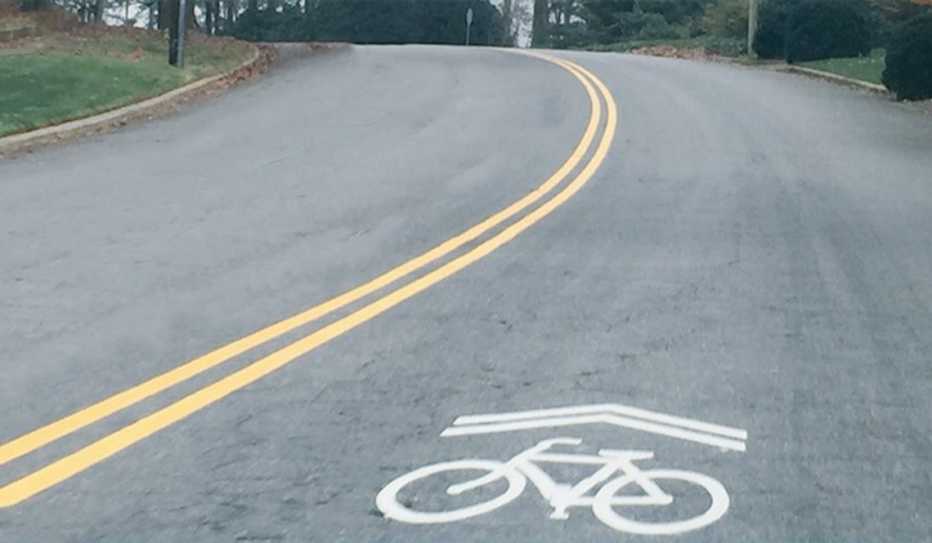
9. Bicycle Playgrounds (aka: Traffic Gardens)
A Danish-import, these small-scale, closed course streetscapes, complete with lane markings, signage, crosswalks, intersections, one-way roadways, a roundabout and more are spaces where cyclists of all ages can learn the rules of the real roads and hone their skills in a safe, comfortable setting. (Learn more.)

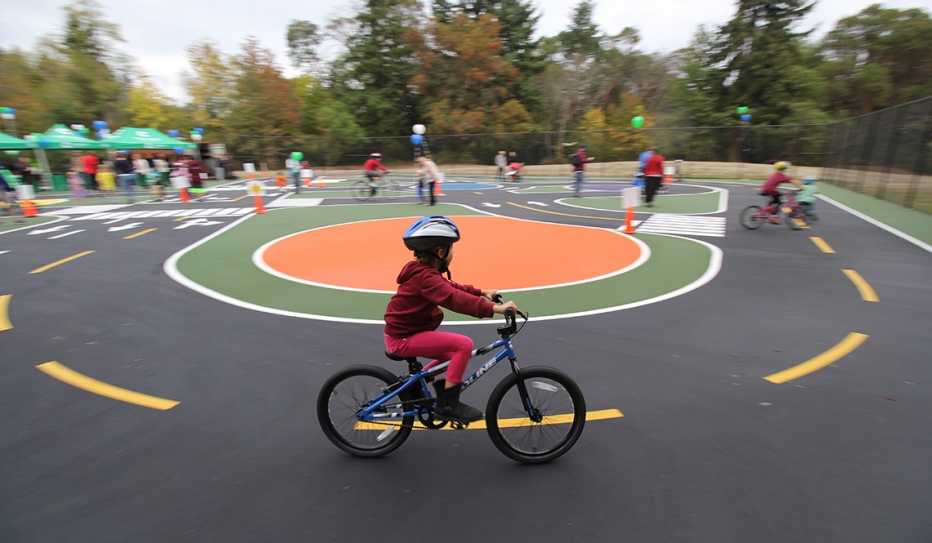
Compiled by Jay Walljasper, Melissa Stanton and Ellen Ryan.
Article published May 2018, updated February 2019
More About Bicycling
- Bike-Sharing Gets Older Adults Cycling
- Bicycle Infrastructure That's Good for People Who Don't Ride Bikes
- Bike-Sharing's Past, Present and Future
- Bicycling & Walking in the United States Benchmarking Reports



























































